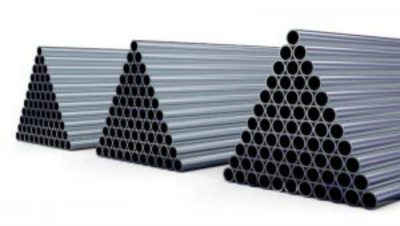Companies utilize a variety of different valves to undertake, complete and/or regulate certain tasks. In the industry, certain types are more common than others are. However, outside the business, most people refer to valves as if they formed a homogenous unit. This is far from the truth as those who work with valves, including butterfly valve distributors, know. This article hopes to explain one of the most common valves – the butterfly valve.
What Is a Butterfly Valve?
A butterfly valve falls into the category of valve known as the quarter-turn. This refers to the action the valve takes to perform its function. A butterfly valve consists of the following components:
* Body
* Seat: Some cheap seats are not removable or repairable; the more expensive ones are both
* Disc
* Stem
* Actuator
You can purchase butterfly valves of different metals. Each addresses the specific demands of the environment in which the valve will need to operate.
How Does the Butterfly Valve Work?
Butterfly valves regulate the water flow in pipes and duct systems. They do so through the rotation of the metal disc in the body of the valve. In the closed position, the disc is in a placement perpendicular to the liquid flow. If a one-quarter rotation occurs, the disc is now parallel to the flow creating a fully opened position. Rotations that fall in between the fully closed and fully opened positions help to regulate the flow of the liquid.
Butterfly Valves Suppliers
Butterfly valves are a common type of valve in the industry. They usually perform a significant role in the regulating of many air, gas, liquid and steam applications. Butterfly valves suppliers offer different types of their product for use in industrial and commercial pipes. They may be inexpensive or precision types. The material may range from stainless steel to ductile iron. Epoxy or nylon coating can help to reinforce the capabilities of the butterfly valve.



